Toy Storage Solutions That Teach Kids to Tidy: Building Organizational Skills Through Smart Design
Table Of Contents
The never-ending battle against toy clutter is a challenge familiar to parents everywhere. But what if your storage solutions could do more than just contain the chaos? What if they could actually teach your children valuable life skills?
At Loft Home Furniture, we believe that thoughtfully designed toy storage can transform the tedious task of cleaning up into an opportunity for learning and development. The right storage solutions don't just organize toys—they help children develop independence, responsibility, and organizational skills that will benefit them throughout life.
In this comprehensive guide, we'll explore how to select and implement storage solutions that not only keep your home looking beautiful but also empower your children to maintain order themselves. From age-appropriate options to design principles that promote independence, you'll discover how to create spaces where tidying becomes a natural part of your child's routine rather than a dreaded chore.
Why Teaching Children to Tidy Matters
Teaching children to organize their belongings goes far beyond keeping a neat home. Research in child development shows that children who learn organizational skills early develop better:
Executive functioning skills are strengthened when children categorize toys and make decisions about where items belong. This cognitive skill development helps with planning, problem-solving, and focusing attention—abilities that translate directly to academic success. Additionally, the sense of accomplishment children feel when they successfully maintain their space builds confidence and self-efficacy.
Perhaps most importantly, participating in household organization helps children feel like valued family members. When children have designated spaces they're responsible for maintaining, they develop a sense of ownership and pride in their environment. This responsibility fosters independence and prepares them for managing their own spaces as they grow.
The key is creating storage systems that children can actually use independently. This means solutions must be accessible, intuitive, and appropriate for their developmental stage.
Age-Appropriate Toy Storage Solutions
Children's organizational abilities evolve dramatically as they grow. The perfect storage solution for a toddler won't serve a school-age child well, and what works for elementary students might seem childish to a tween. Let's explore how to match storage solutions to developmental stages:
Toddlers (Ages 1-3)
Toddlers are just beginning to understand the concept of putting things away, but they can learn basic tidying with the right support. For this age group, simplicity is key:
Open storage bins without lids make cleanup easy for little hands. Kids Storages like colorful fabric bins and baskets allow toddlers to simply toss toys in without struggling with complex organizational systems. Picture labels are particularly effective since pre-readers can recognize where items belong through visual cues.
Low shelving units that toddlers can reach without help promote independence. When a child can access storage themselves, they're more likely to use it without prompting. Consider dedicating a section of your Living Room storage to toddler-accessible bins for frequently used toys.
Preschoolers (Ages 3-5)
Preschoolers are developing categorization skills and can handle more specific organization systems:
Divided storage units work well for this age group. Cubbies or compartmentalized shelves help preschoolers understand that different types of toys have different "homes." Clear containers let children see what's inside without emptying everything, reducing the frustration of searching for specific toys.
This is also an excellent age to introduce rotation systems. Rather than keeping all toys accessible at once, store some in labeled bins in less accessible areas and swap them periodically. This not only reduces clutter but makes old toys exciting again when reintroduced.
Consider multi-functional furniture pieces from Loft Home's Kids collection that combine play surfaces with storage, such as activity tables with built-in compartments or Storage Bed Frames with under-bed drawers.
School-Age Children (Ages 6-10)
School-age children can handle more complex organization and take greater ownership of their spaces:
Categorized storage systems work well at this stage. Children can understand and maintain systems organized by toy type, project materials, or activity. Modular storage solutions that can be reconfigured as interests change are particularly effective.
This age group also benefits from display-worthy storage for collections and creations. Bookshelves with adjustable heights can showcase treasured items while keeping them organized. Consider dedicated spaces for ongoing projects so children don't have to dismantle their creations during cleanup time.
Involve school-age children in choosing and setting up their storage systems. When children help decide how their space is organized, they're more invested in maintaining it. This might mean selecting Cabinets or shelving units together and collaboratively deciding what goes where.
Tweens and Teens (Ages 11+)
Older children need storage solutions that respect their growing independence and changing interests:
Flexible, sophisticated storage that doesn't feel "childish" is important. Look for storage pieces that will transition well into young adulthood, such as Wooden Storages with clean lines and neutral finishes that complement a more mature aesthetic.
Specialized storage for hobbies and collections becomes increasingly important. Whether it's gaming equipment, art supplies, or sports gear, dedicated storage solutions that protect and organize specialty items show respect for your child's interests while keeping spaces functional.
Consider incorporating Study Tables with built-in organization features that support academic work while keeping supplies contained. Wall-mounted systems like pegboards or track systems offer customizable storage that can evolve as needs change.
Design Principles for Educational Toy Storage
Regardless of age, certain design principles make storage more educational and effective:
Consistency and simplicity are foundational. Having consistent places for types of toys and maintaining similar organizational systems throughout the home reduces cognitive load and makes tidying intuitive. The simpler the system, the more likely children are to maintain it independently.
Visual clarity helps children understand where things belong. Clear containers, picture labels for younger children, and text labels for older ones provide immediate visual cues that support independent tidying. Consider color-coding systems for different categories of toys or different children's belongings.
Accessibility is crucial—if children can't reach storage or operate it easily, they won't use it independently. Ensure heavy items are stored at lower heights and that containers aren't too large for children to manage. Avoid complex closures or storage that requires adult assistance to access.
Flexibility allows systems to grow with your child. Modular storage units, adjustable shelving, and multi-purpose furniture from Loft Home can be reconfigured as needs change. This sustainable approach means you won't need to replace storage solutions as frequently.
Loft Home Storage Solutions for Children
Loft Home Furniture offers several collections that work beautifully for children's storage needs while maintaining the aesthetic quality you want in your home:
Our Kids Storages collection features pieces specifically designed with children in mind, combining playful elements with practical storage capabilities. These pieces help children learn organizational skills while keeping their spaces functional and beautiful.
For versatile storage that grows with your child, our Bookshelves and Cabinets collections offer options that work equally well for toys in early years and books or decorative items later. Many feature adjustable shelving that can be reconfigured as storage needs change.
Multi-functional furniture is particularly valuable in children's spaces. Our Storage Bed Frames maximize space in smaller rooms by combining sleeping and storage functions. Similarly, Study Tables with built-in organizational features help contain art supplies and school materials.
For living areas where toys need to coexist with adult spaces, our TV Consoles and Drawer Storages offer sophisticated solutions that conceal children's items when not in use while keeping them accessible for play and cleanup.
Creating a Tidying Routine with Your Children
Even the best storage solutions require consistent routines to be effective. Here's how to establish tidying habits that stick:
Start with clear expectations that match your child's abilities. For younger children, this might simply be "all toys go in bins before dinner." For older children, expectations can include more specific organization requirements. Be consistent about these expectations while allowing some flexibility for your child's preferences.
Make cleanup time positive rather than punitive. Consider playing upbeat music during cleanup sessions, setting timers for "speed cleaning" challenges, or using cleanup as transition time before a favored activity. The goal is to associate tidying with positive feelings rather than resistance.
Model organization yourself by maintaining your own spaces and participating in cleanup alongside your child. Children learn more from what we do than what we say, so demonstrating good organizational habits is powerful teaching. This might mean organizing your own belongings while they organize theirs, or working together on shared spaces.
Acknowledge and praise effort rather than just results. Notice when your child attempts to organize, even if the execution isn't perfect. Specific praise like "I noticed you put all the building blocks in their bin without being asked" reinforces the behavior more effectively than general comments.
Maintaining Organized Spaces Long-Term
Creating organized spaces is one challenge; maintaining them is another. These strategies help sustain organization:
Regular decluttering prevents systems from becoming overwhelmed. Schedule periodic sessions to sort through toys and remove broken items, donate outgrown toys, or rotate lesser-used items into storage. Involving children in this process teaches valuable lessons about managing possessions.
Implement the "one in, one out" rule for new acquisitions. When a new toy enters the home, an old one is donated or stored. This prevents accumulation and teaches children to think more carefully about what they truly value.
Be willing to reassess and adjust systems that aren't working. If you notice consistent struggles with a particular type of storage or category of items, work with your child to develop a better solution. Organization should evolve as your child's needs and abilities change.
Remember that the goal is teaching skills, not achieving perfection. Children will make messes, and organization systems will sometimes break down. What matters is the consistent reinforcement of organizational habits and the gradual transfer of responsibility from parent to child.
Conclusion: Beyond Tidying to Life Skills
The storage solutions you choose for your children's toys do more than just contain clutter—they shape how your children interact with their environment and develop essential life skills. By selecting age-appropriate storage that children can use independently and establishing consistent routines, you transform the daily task of tidying into valuable learning opportunities.
At Loft Home Furniture, we understand that children's furniture needs to balance functionality, durability, and style. Our carefully curated collections support your family's organizational goals while enhancing your home's aesthetic. Whether you're setting up a dedicated playroom, integrating toy storage into family living spaces, or creating a multi-functional bedroom, we offer solutions that grow with your child and teach valuable skills along the way.
Remember that teaching children to tidy isn't just about maintaining a clean home—it's about equipping them with organizational skills, responsibility, and respect for their environment that will benefit them throughout life. With thoughtful storage solutions and consistent, positive reinforcement, you're not just managing today's mess; you're investing in your child's future capabilities.
Visit Loft Home Furniture to explore our complete range of storage solutions for children's spaces. Our team can help you select pieces that will grow with your child while teaching valuable organizational skills.
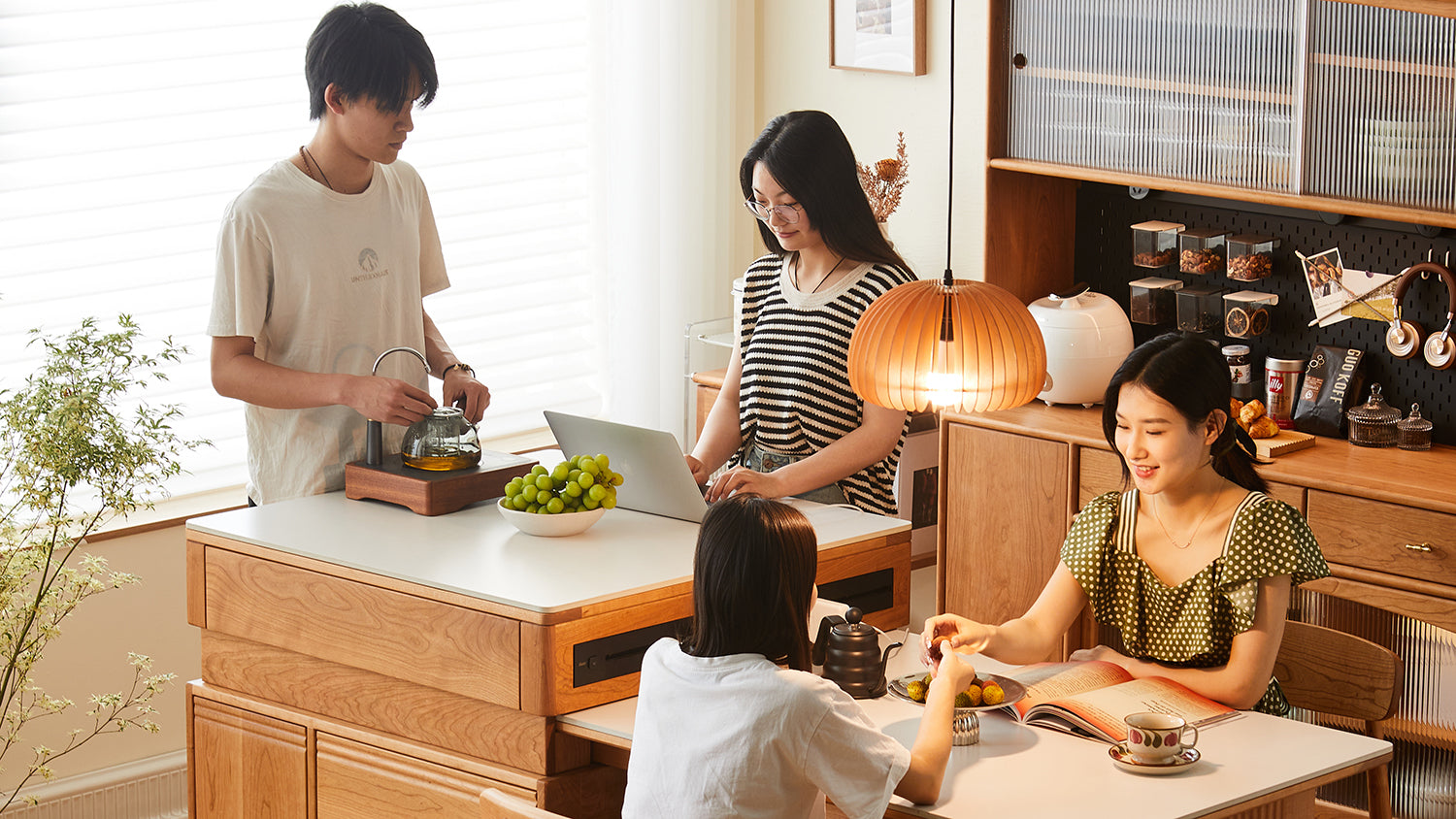

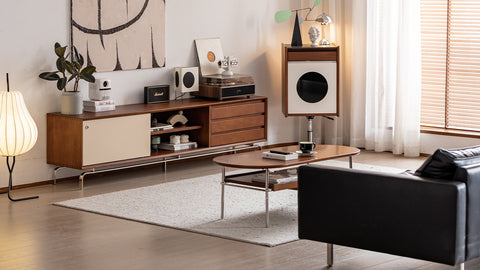

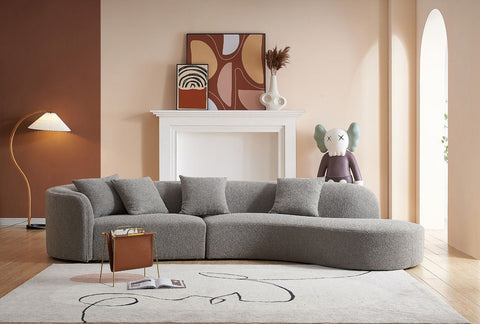
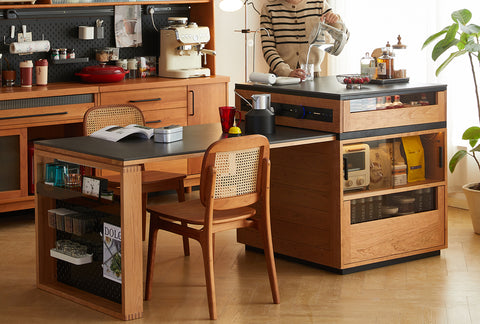
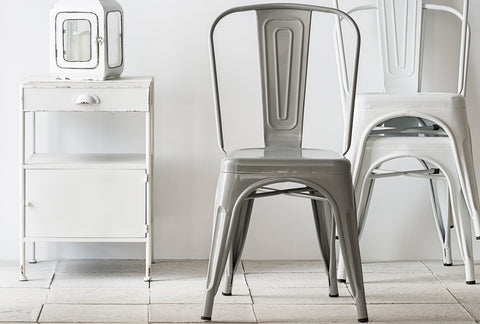
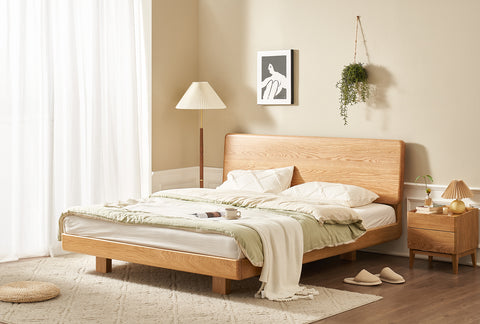
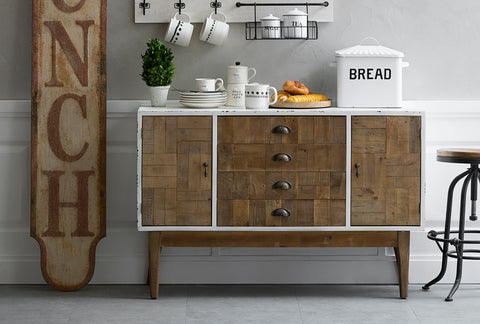




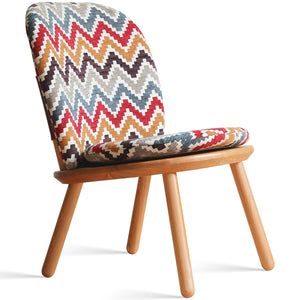
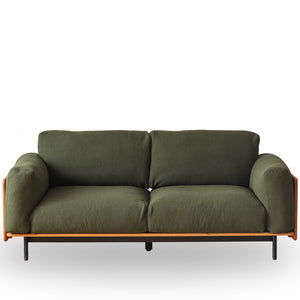
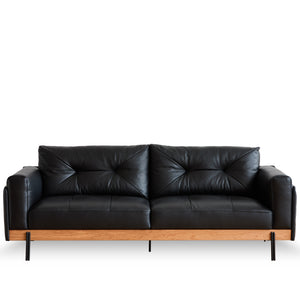
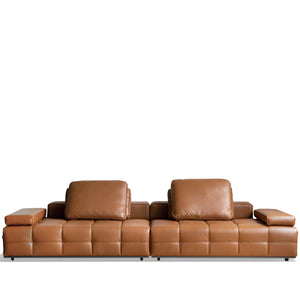
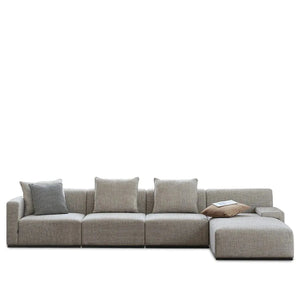
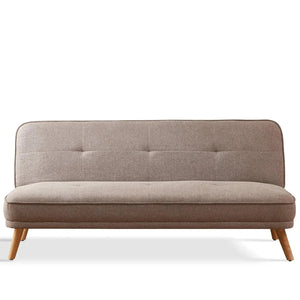
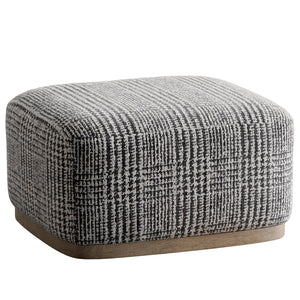
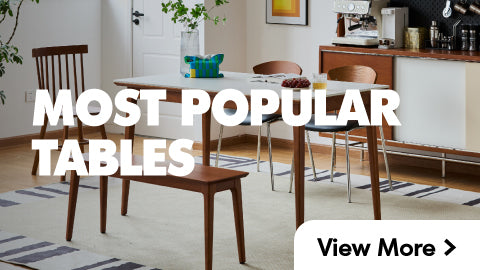
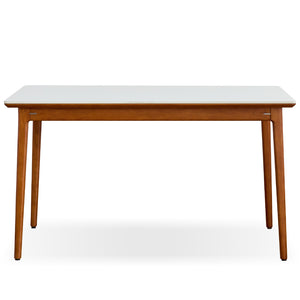
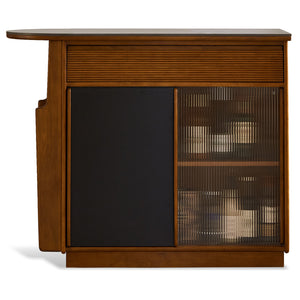
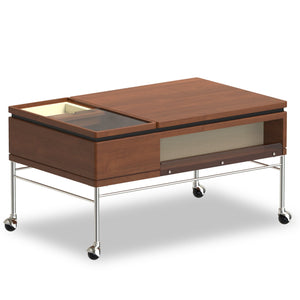
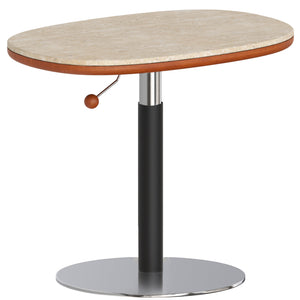
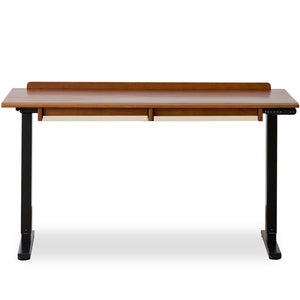
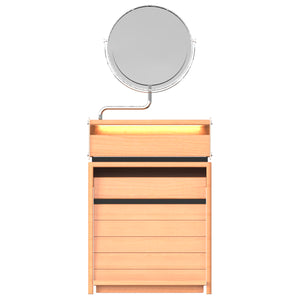
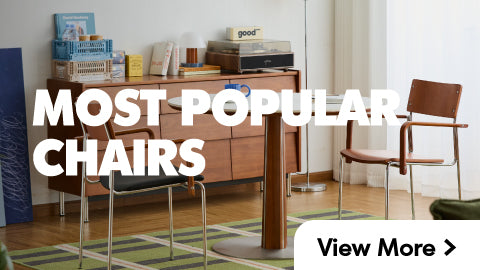
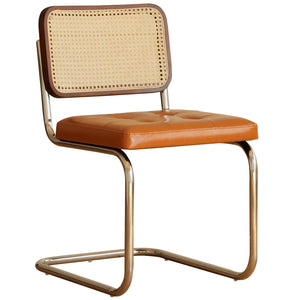
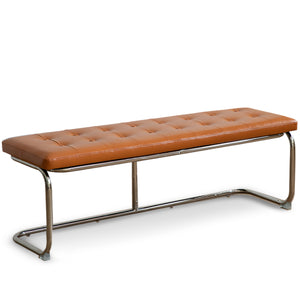
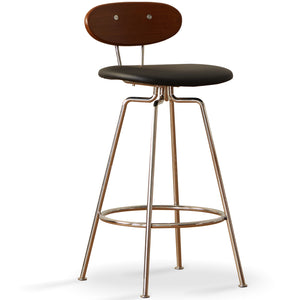

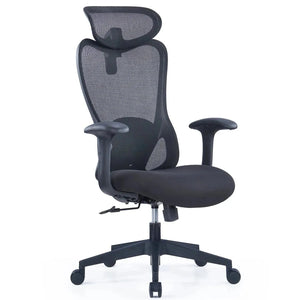
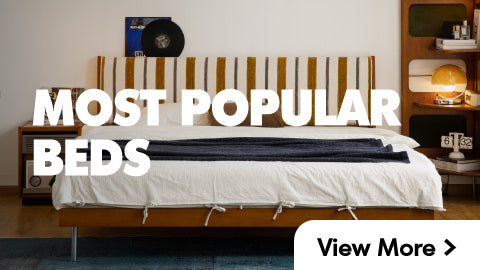
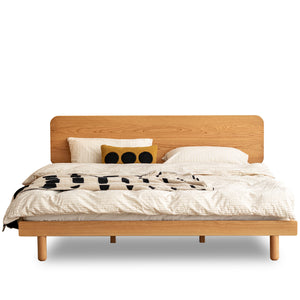
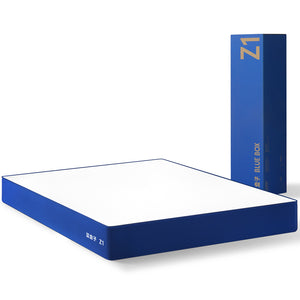
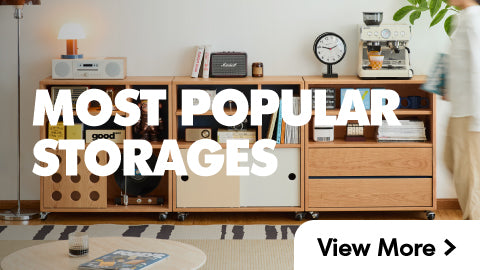
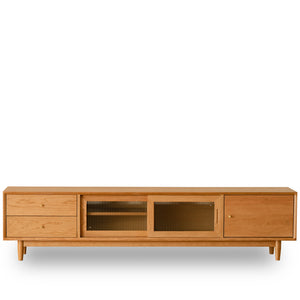
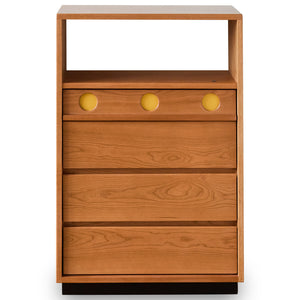
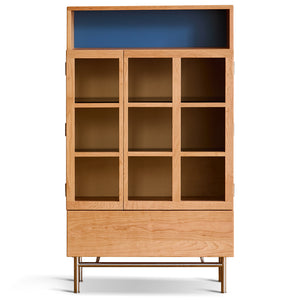
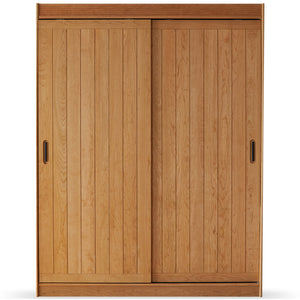
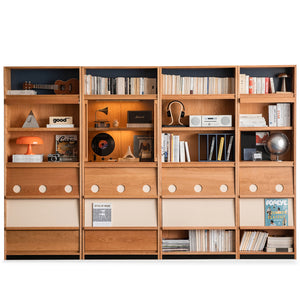

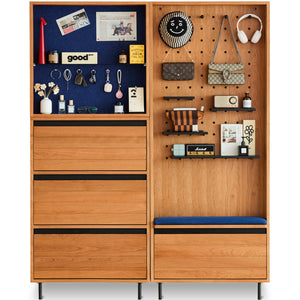
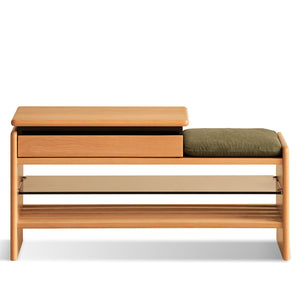
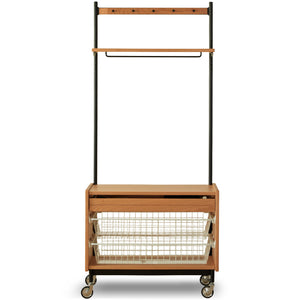
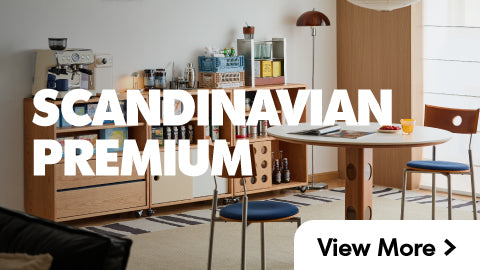






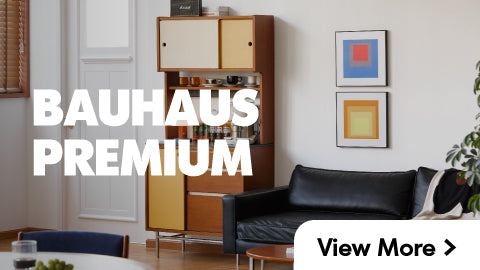














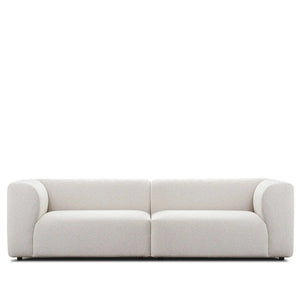




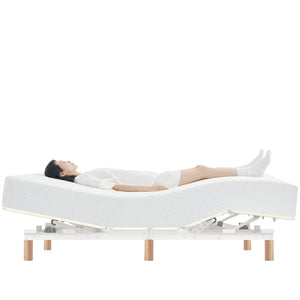
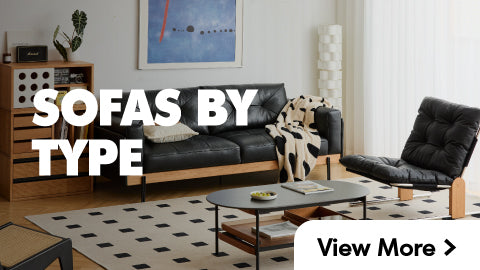
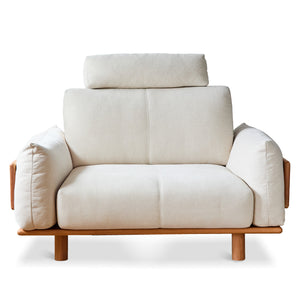

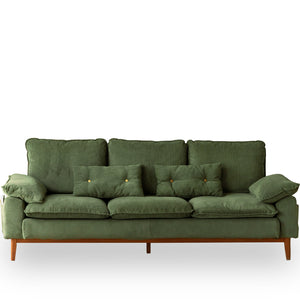
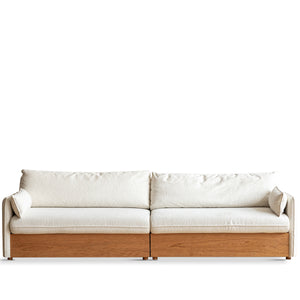
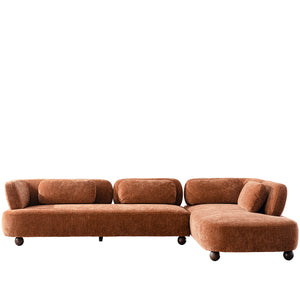
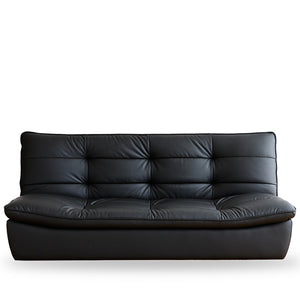
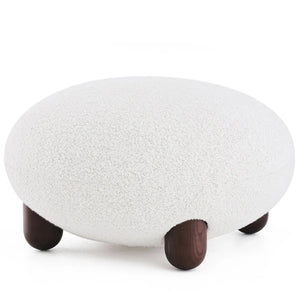
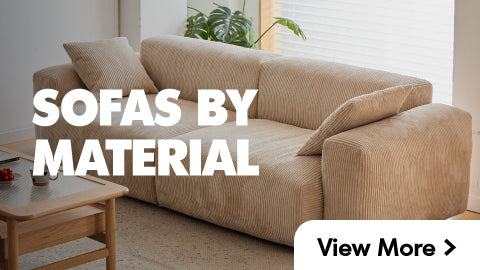
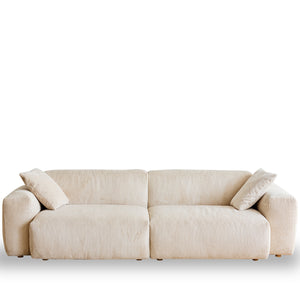
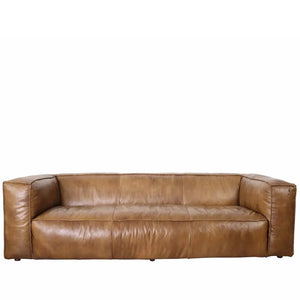
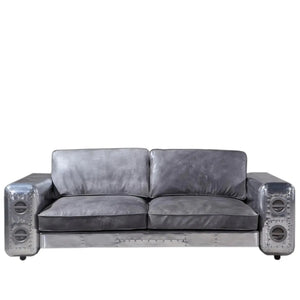
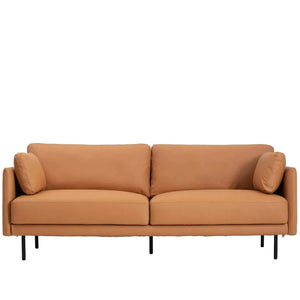
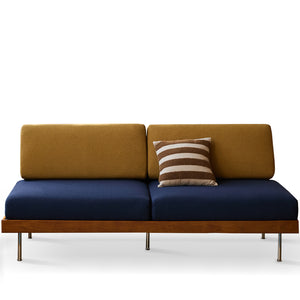
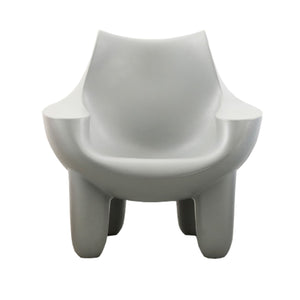


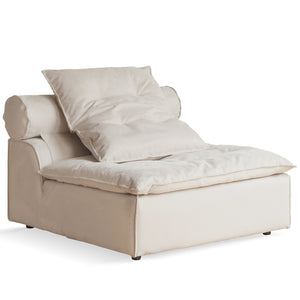

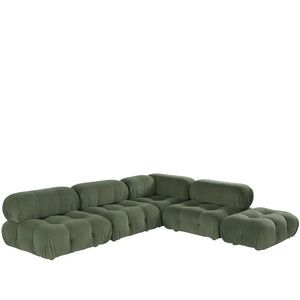
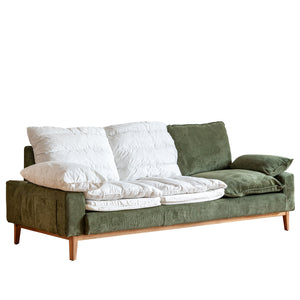
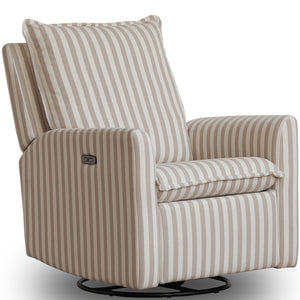
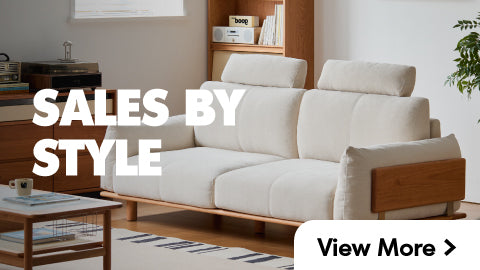
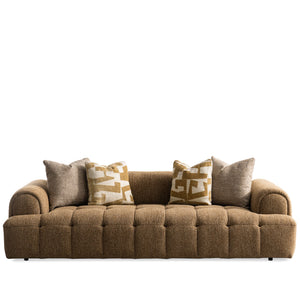

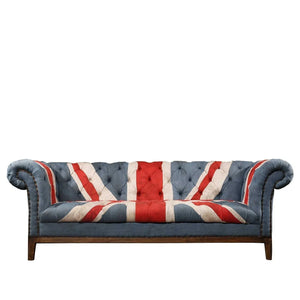
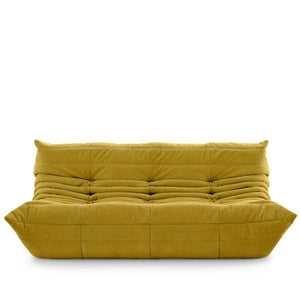
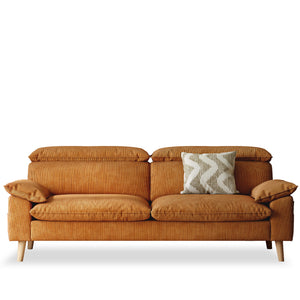
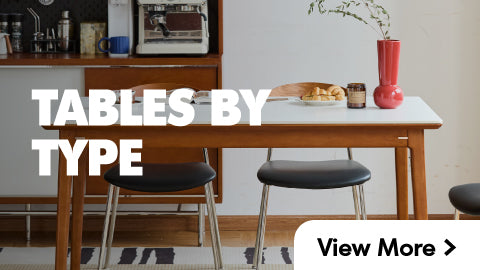
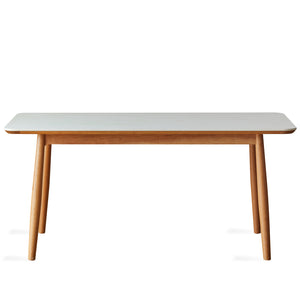
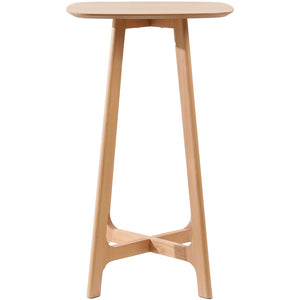
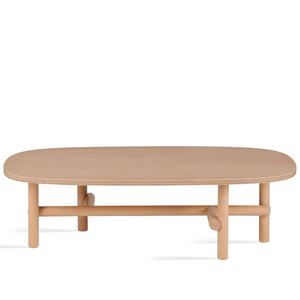
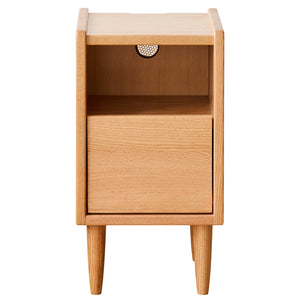
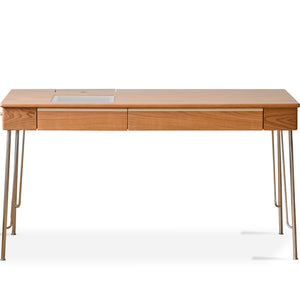
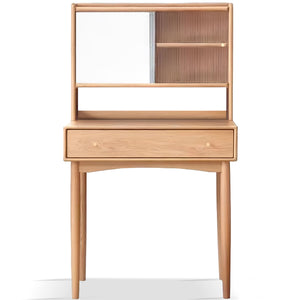
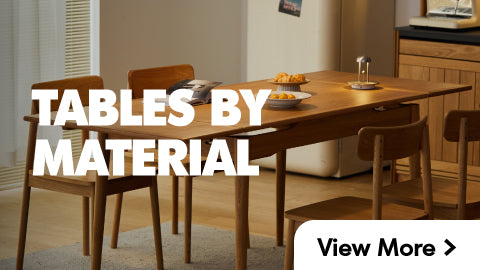
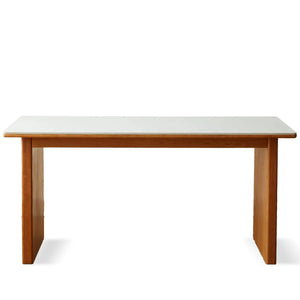
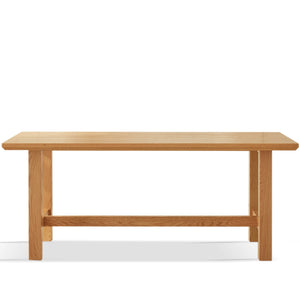
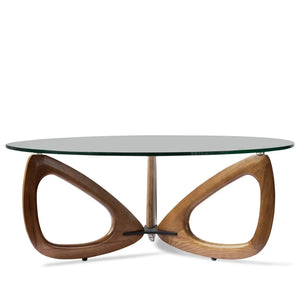
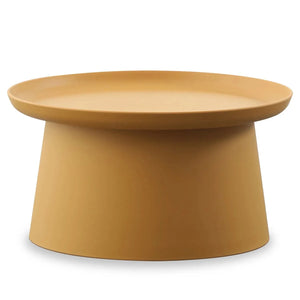

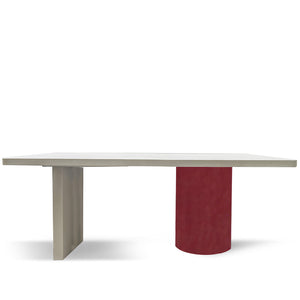
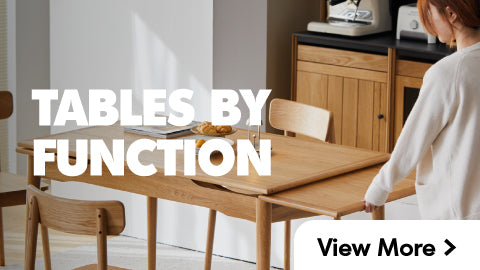
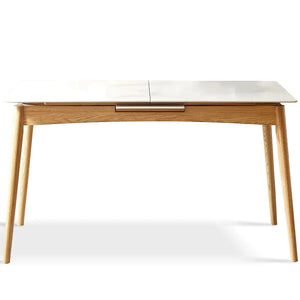
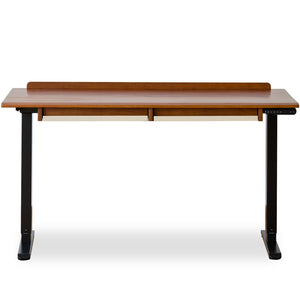
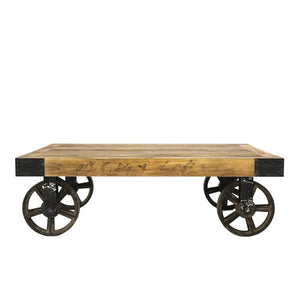

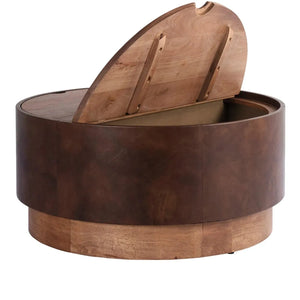
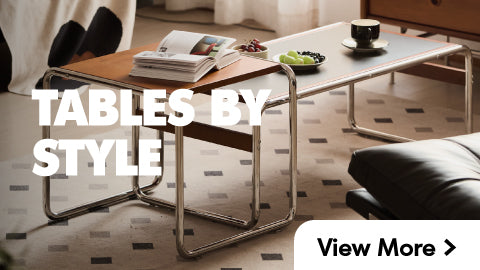
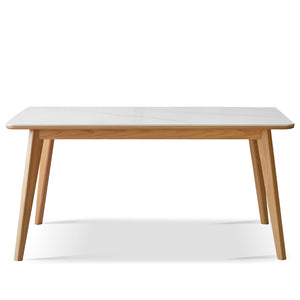

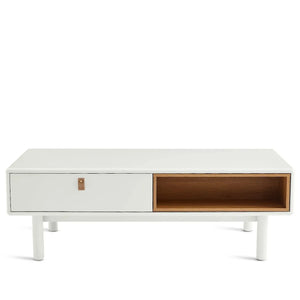
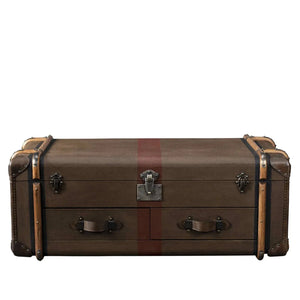
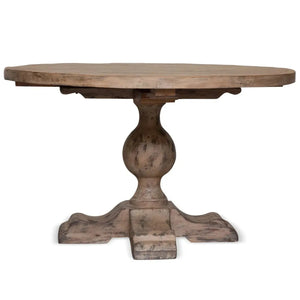
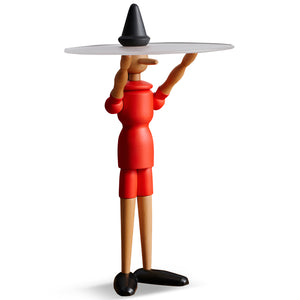
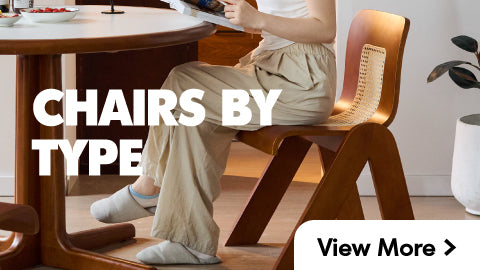
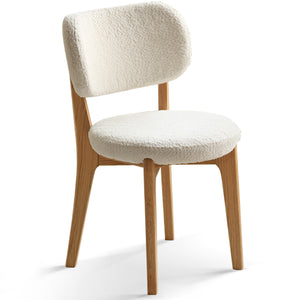
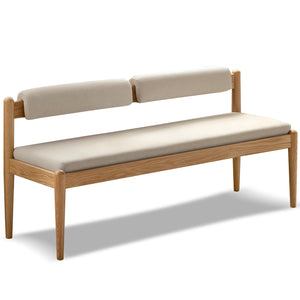
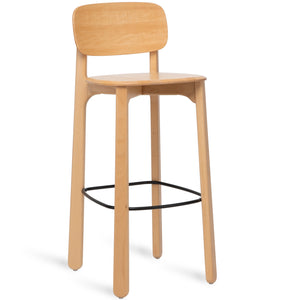
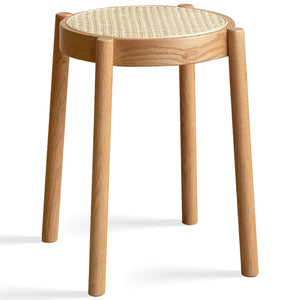
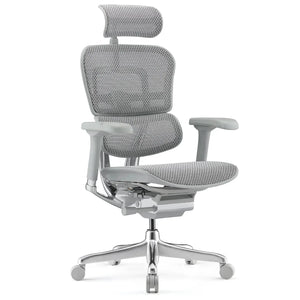
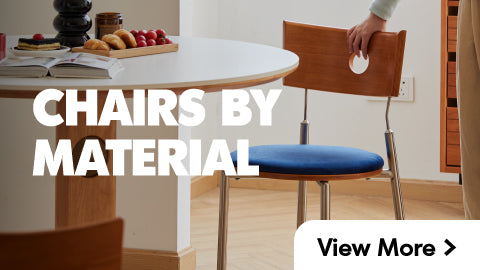
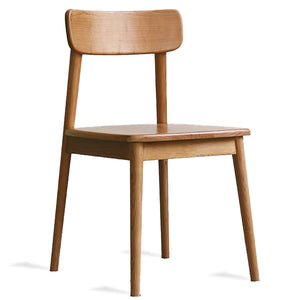
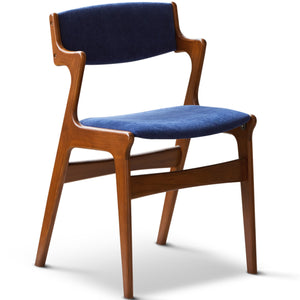
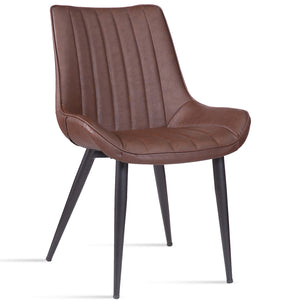
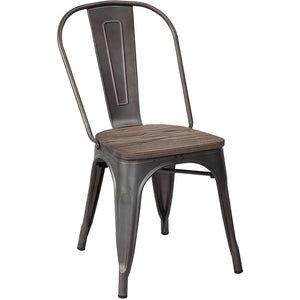
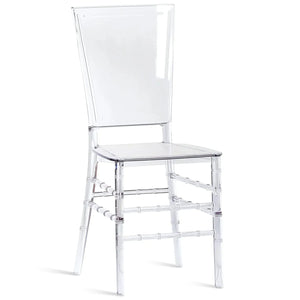
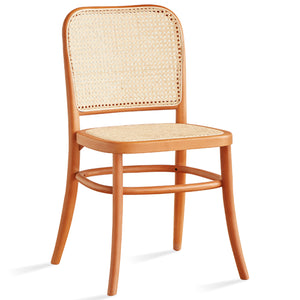
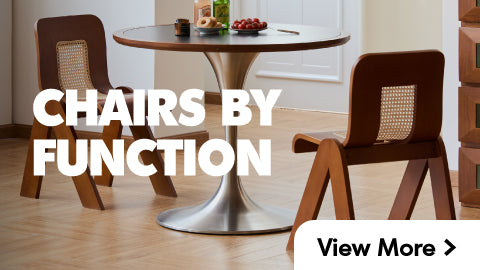
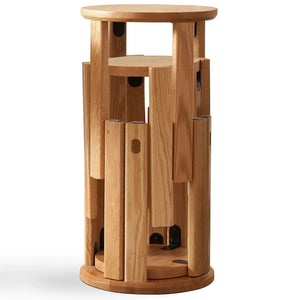

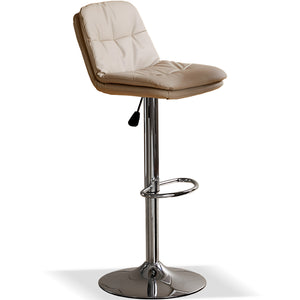
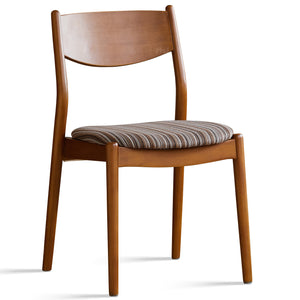
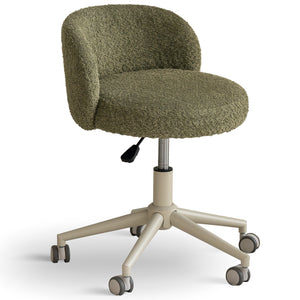
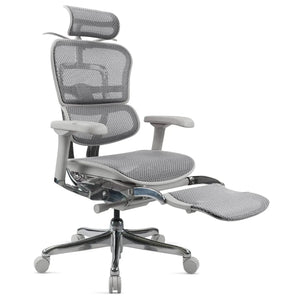
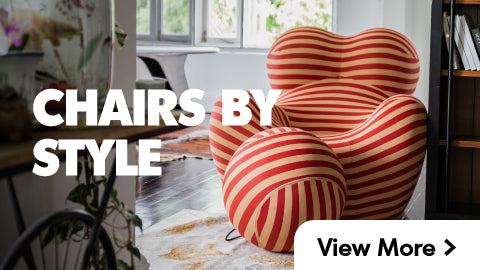
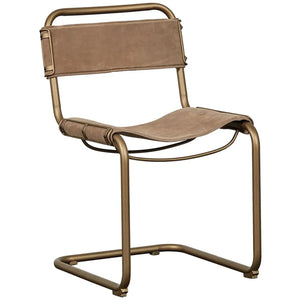
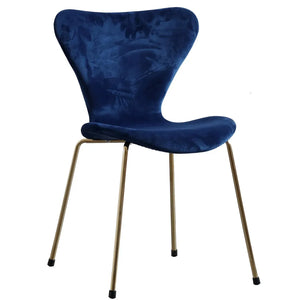
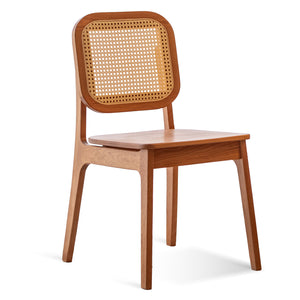
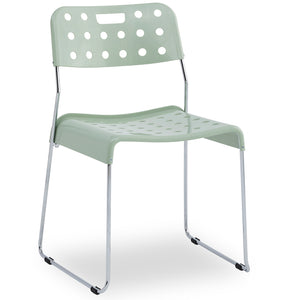
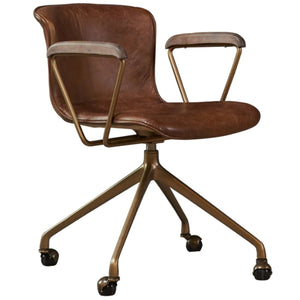

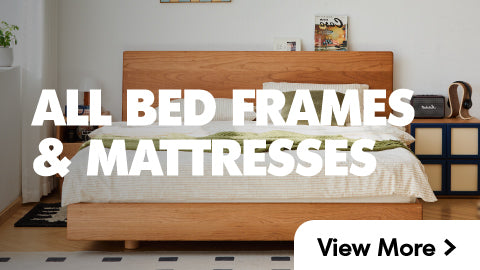
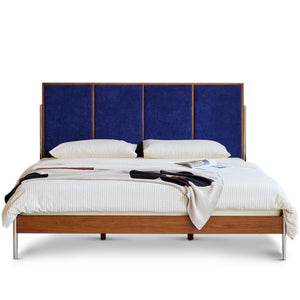
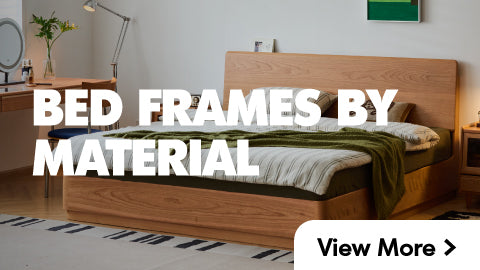
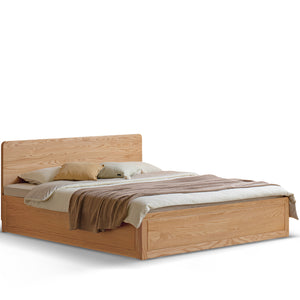
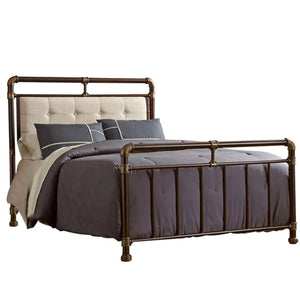
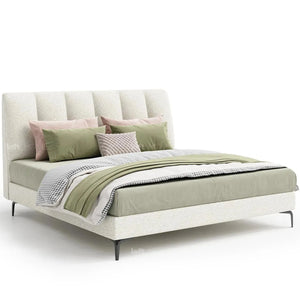
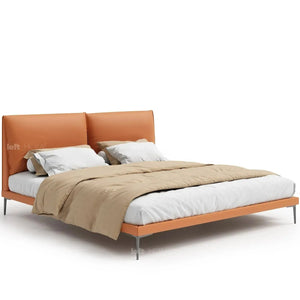
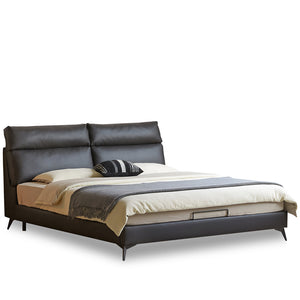
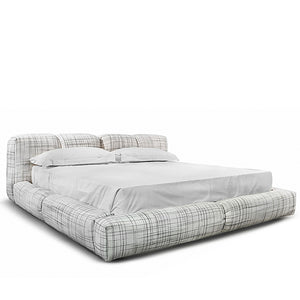
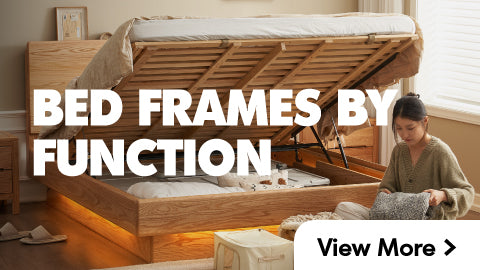
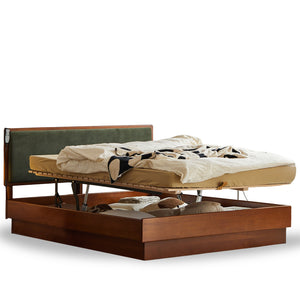


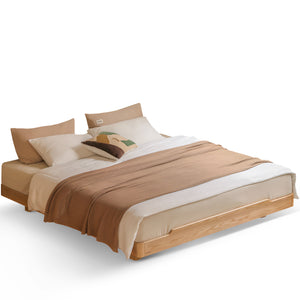
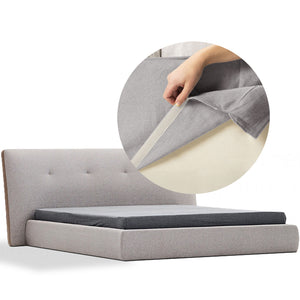
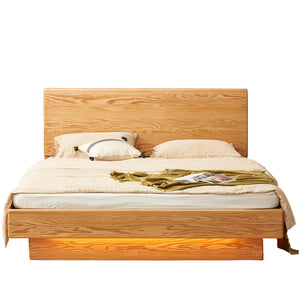
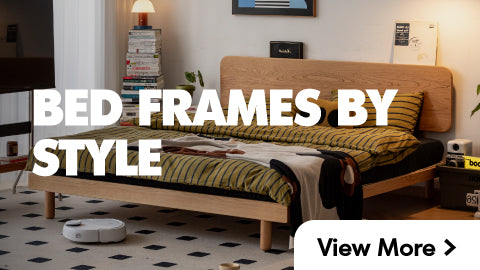
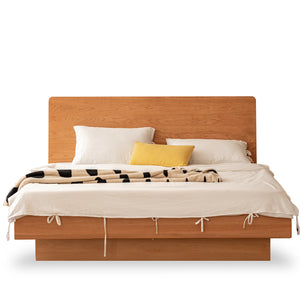
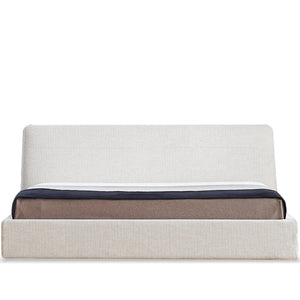
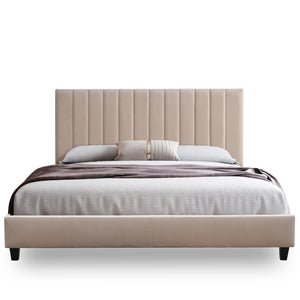
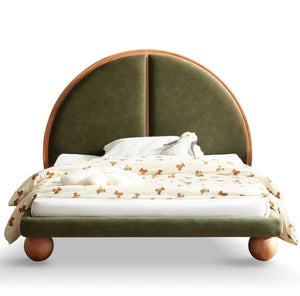
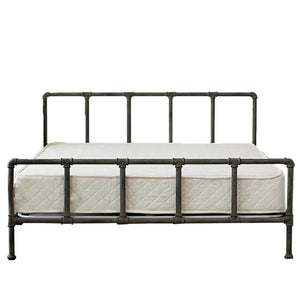
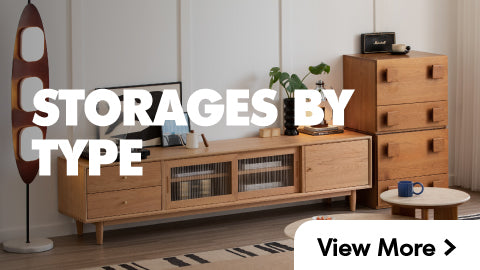
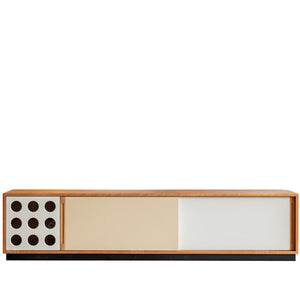

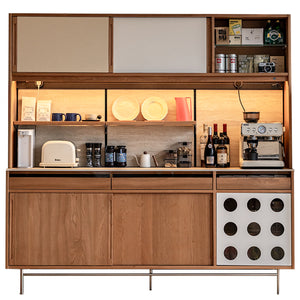
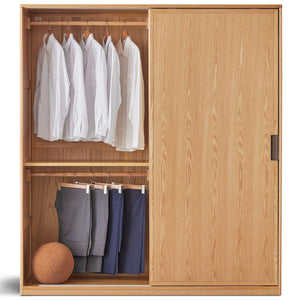
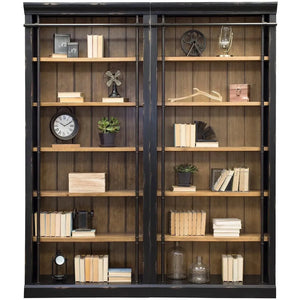
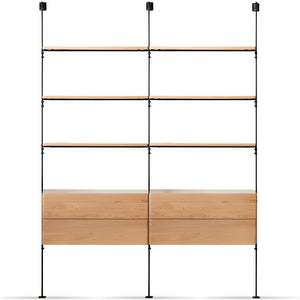
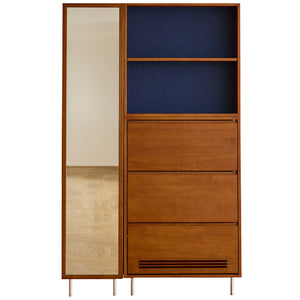
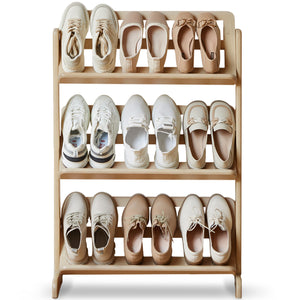
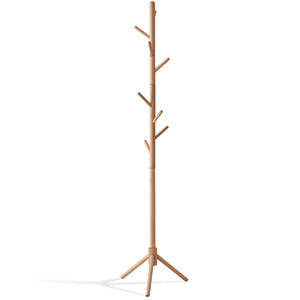
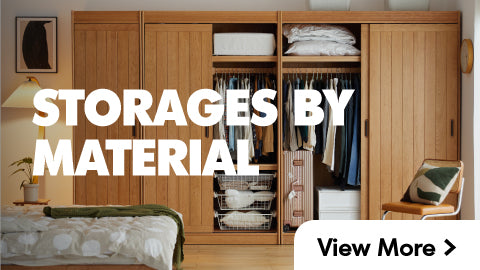
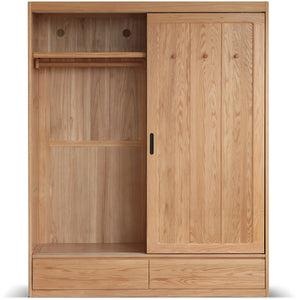
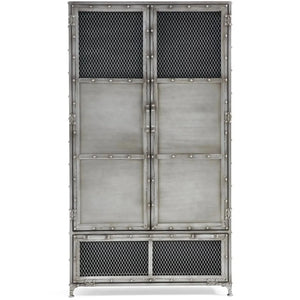
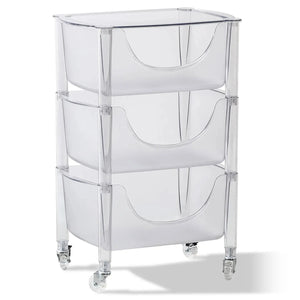
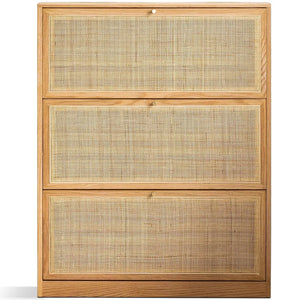
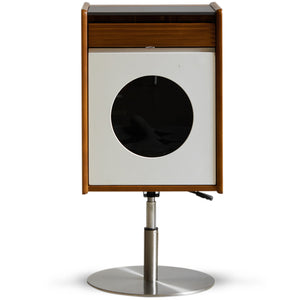
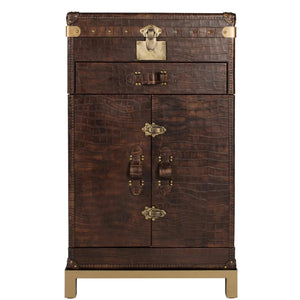

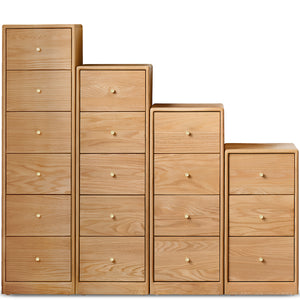
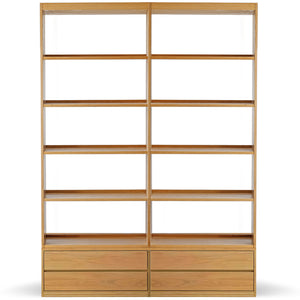
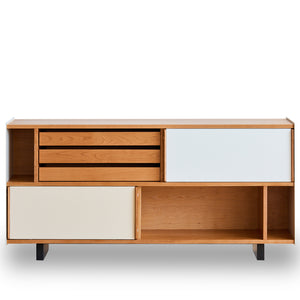
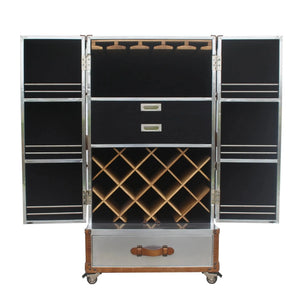
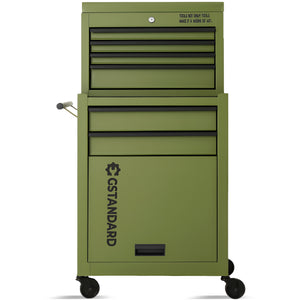

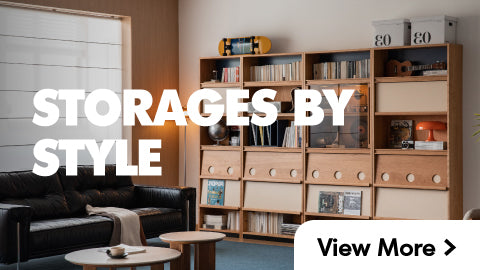
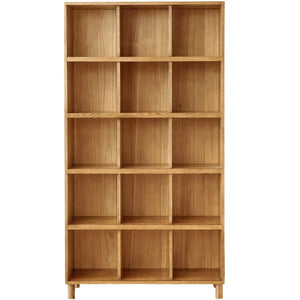

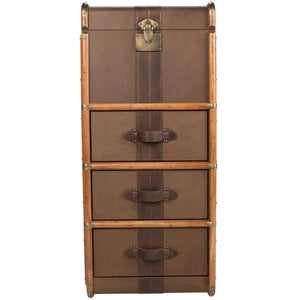
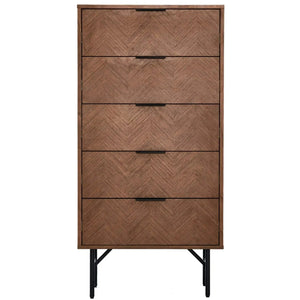
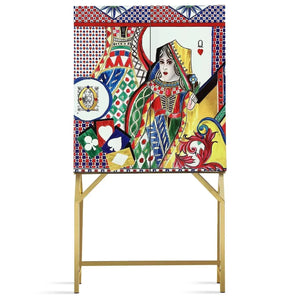
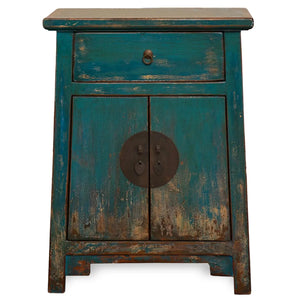


























































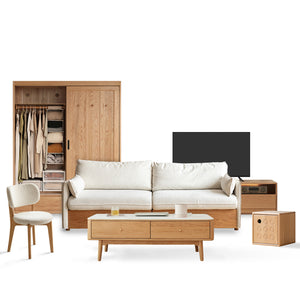
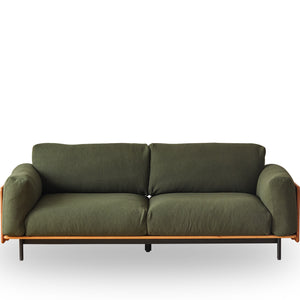
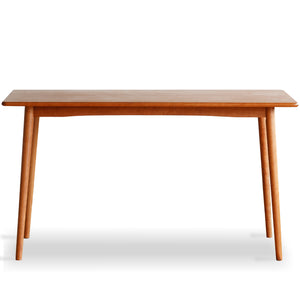
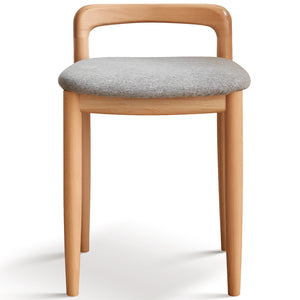
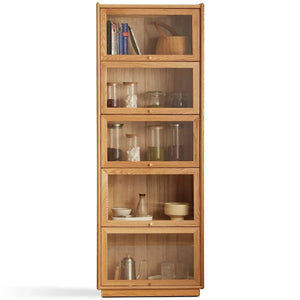
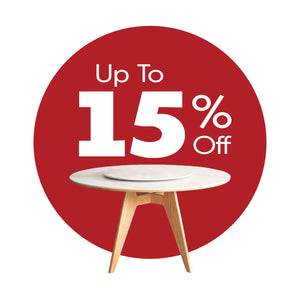
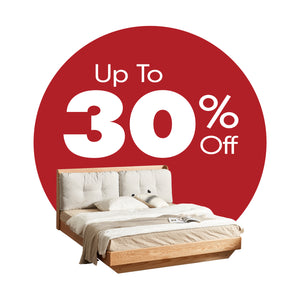

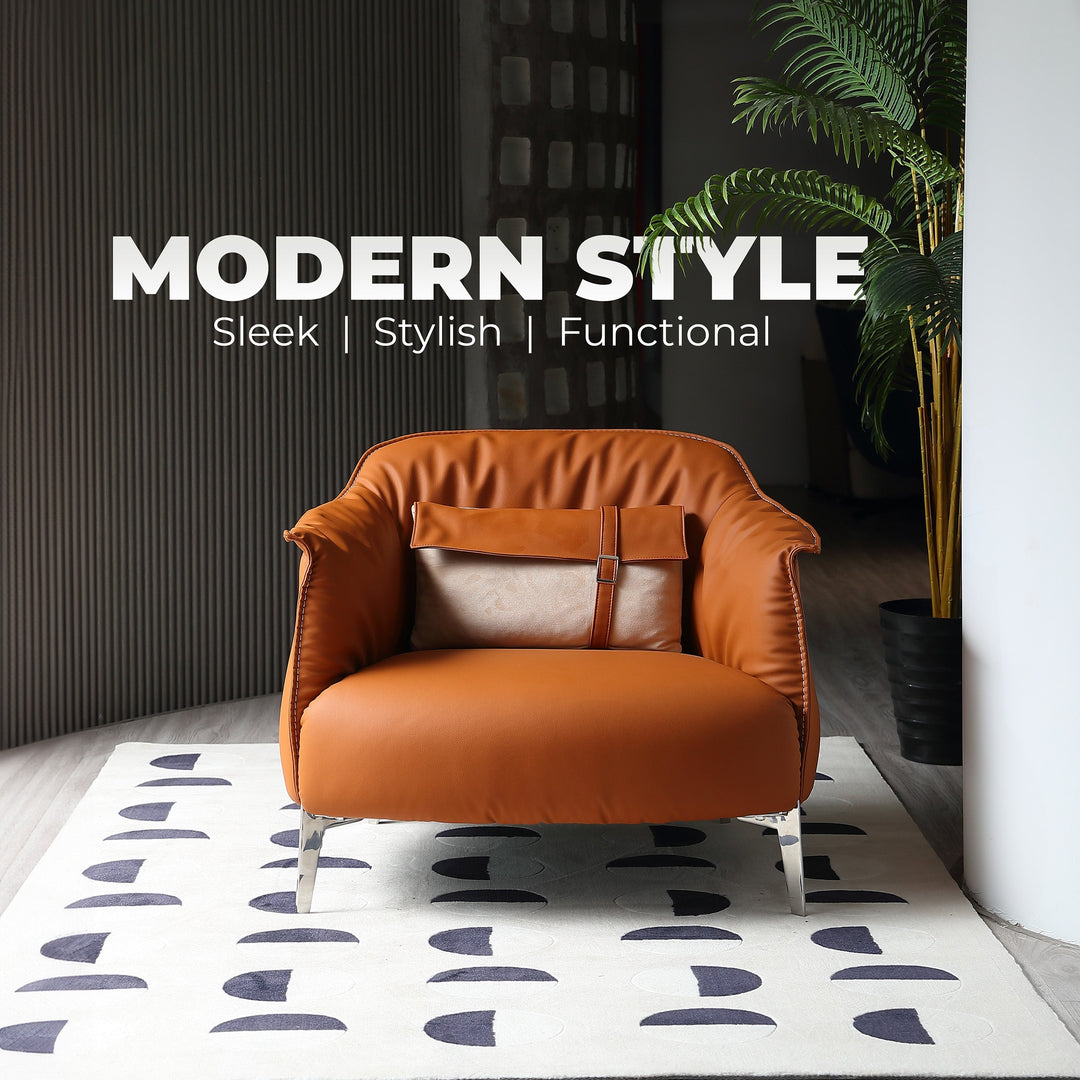
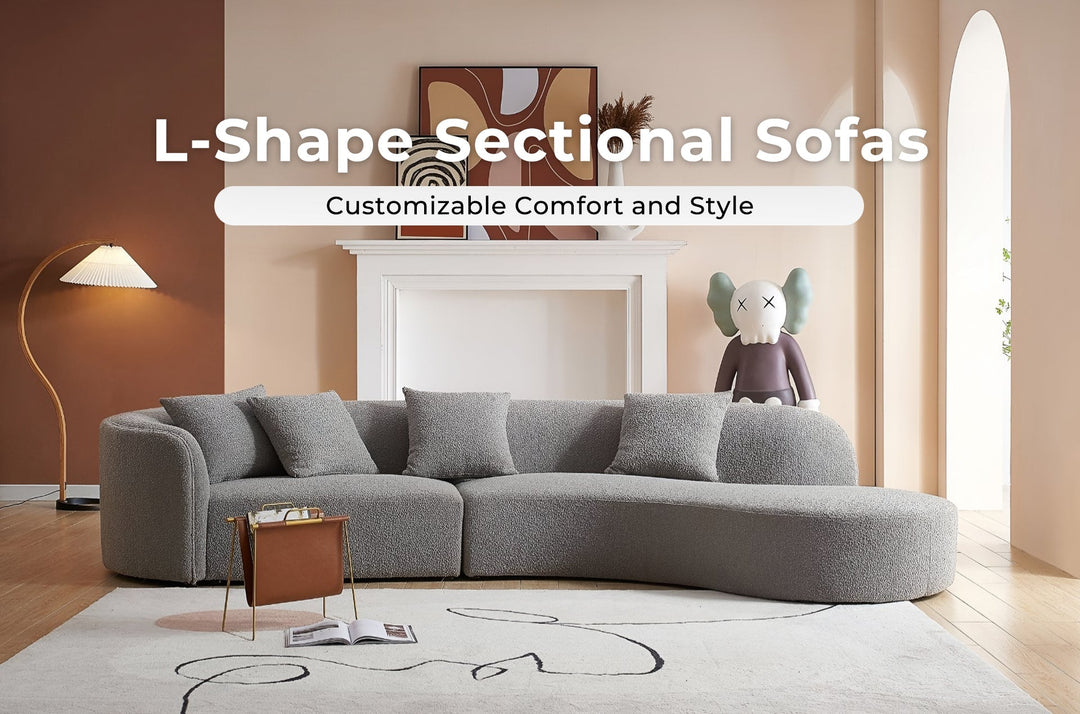
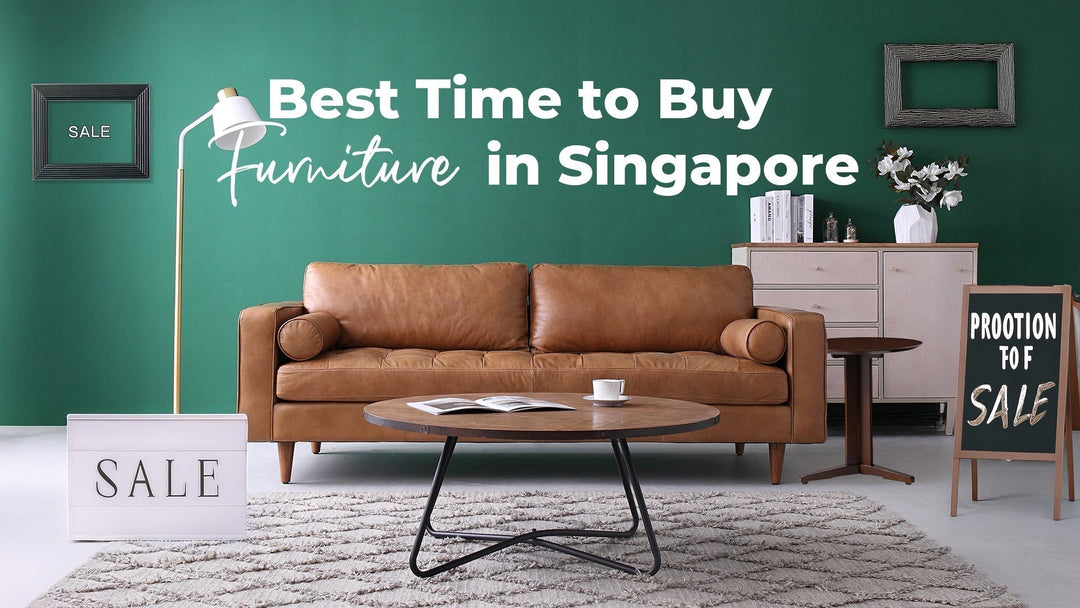
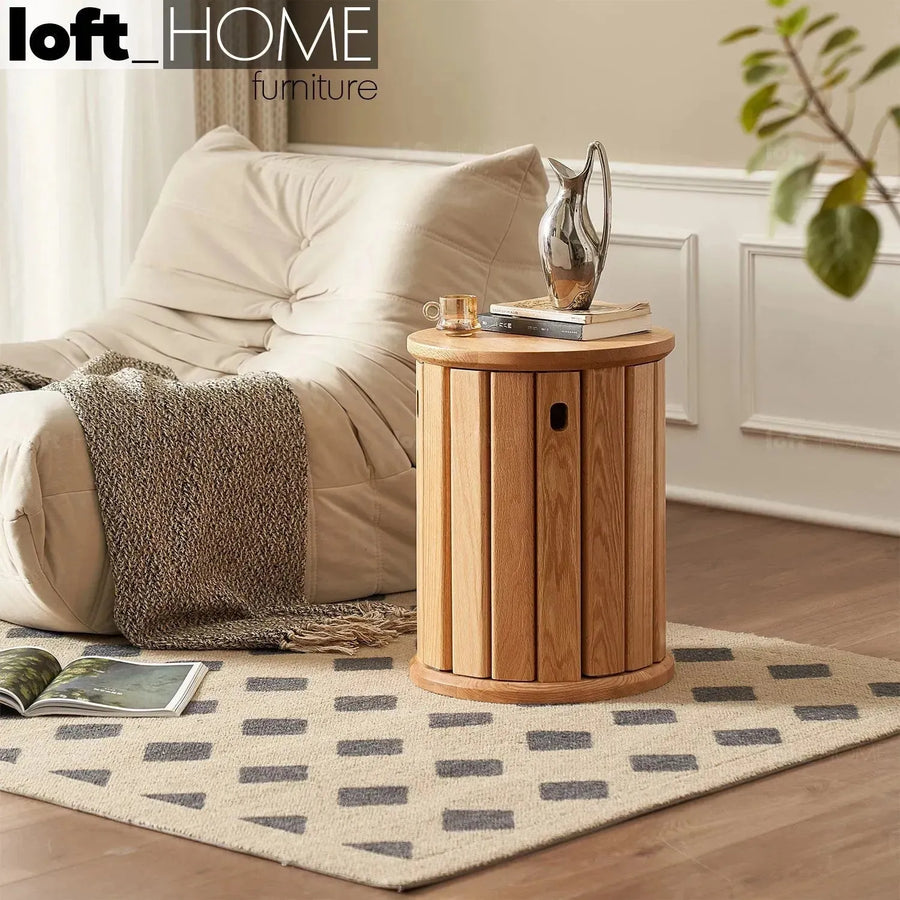
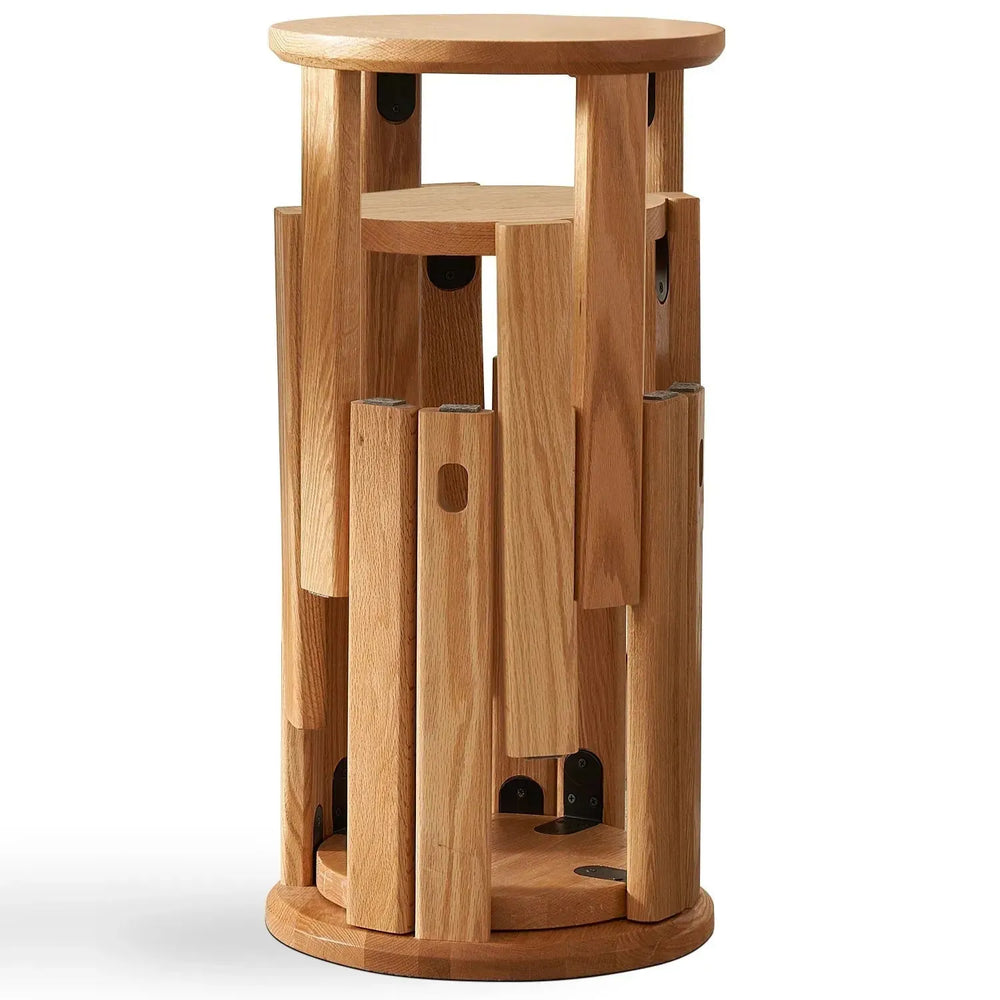



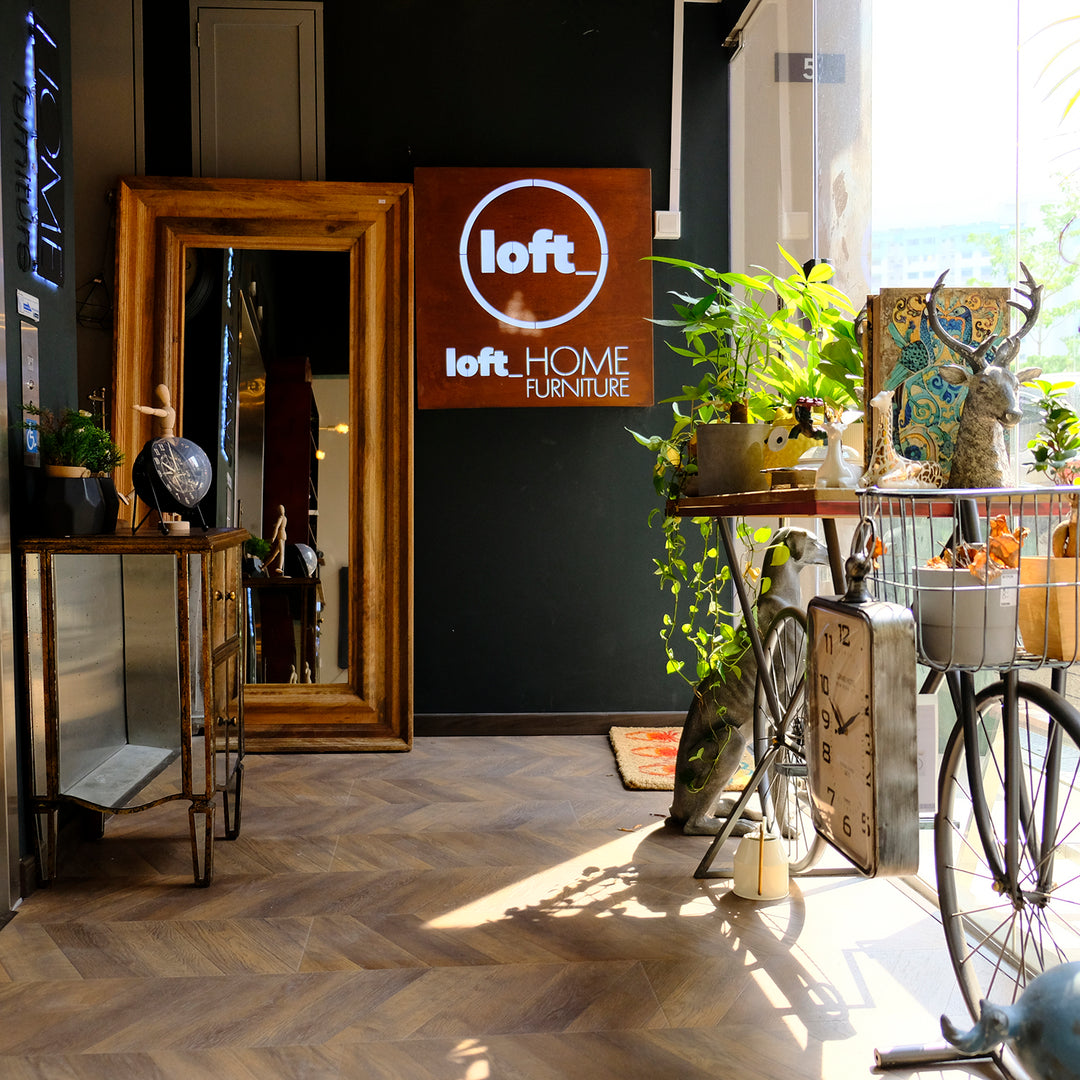
Leave a comment